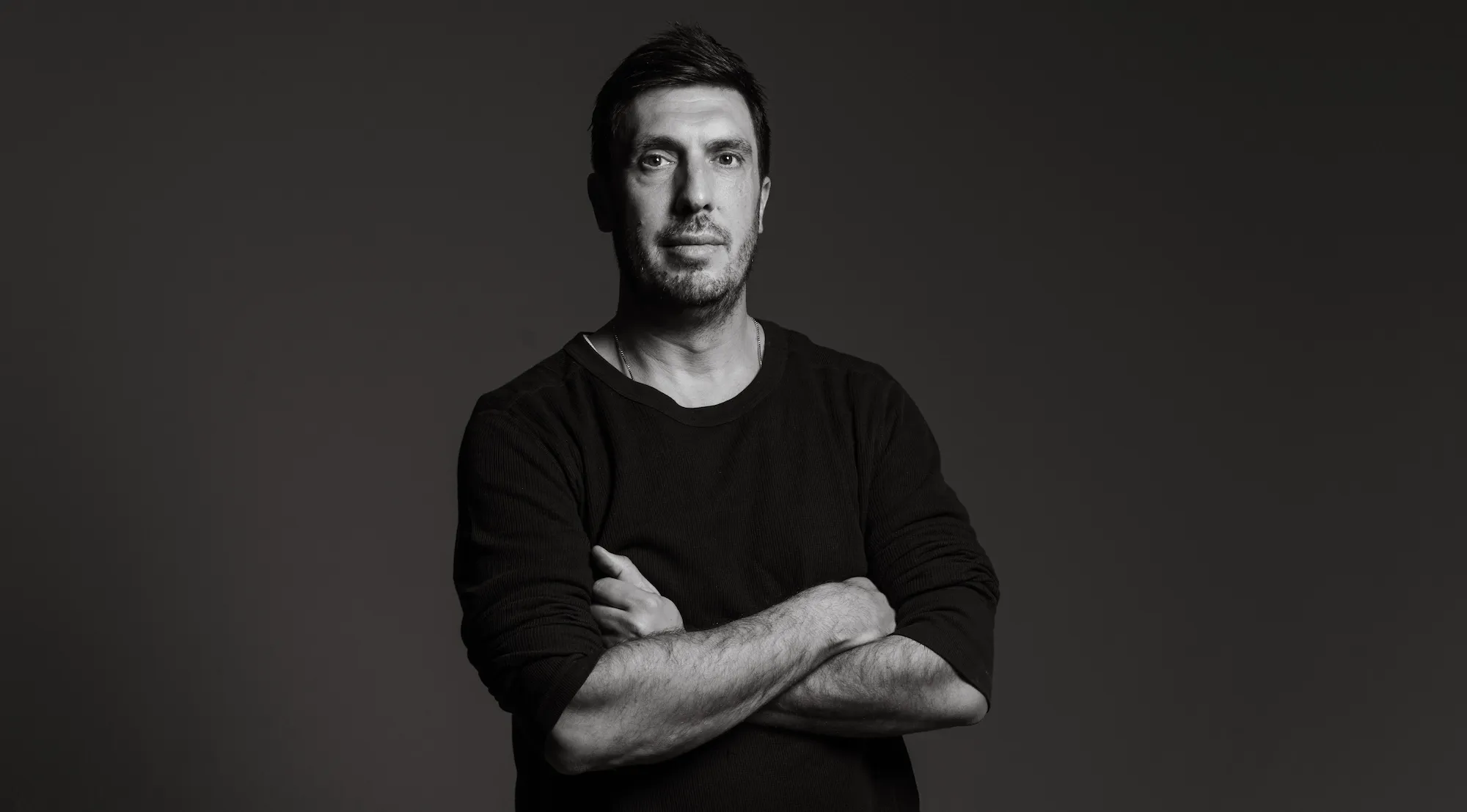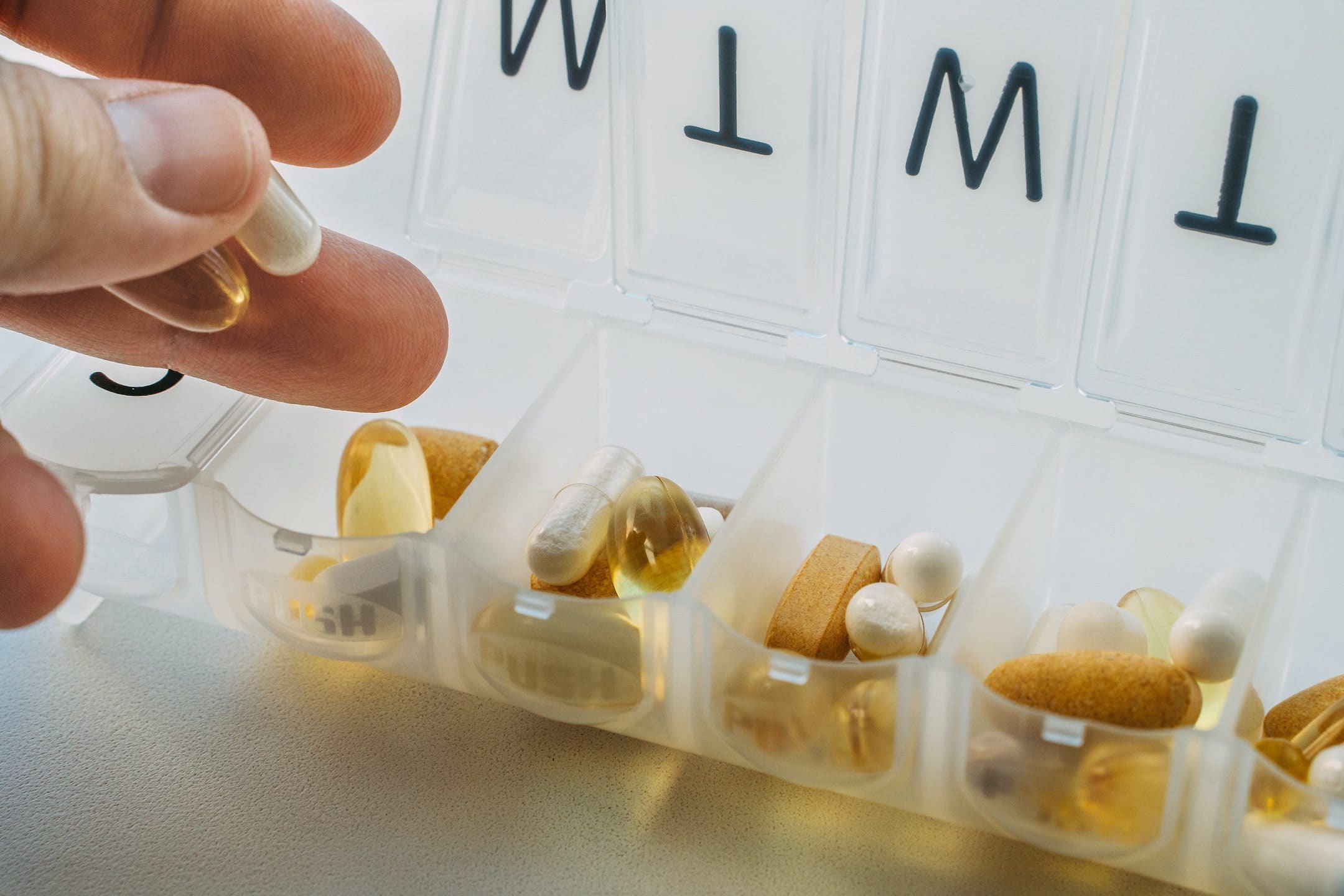Deciding to use your frozen sperm shouldn’t be a hassle. If you freeze with Legacy, it’s easy to withdraw your sperm from storage so you can start a family on your own terms. Once you’ve coordinated with your doctor or fertility clinic to set up the insemination or IVF procedure, you can simply request a vial withdrawal from your client dashboard to get the process started.
This article will take you through the steps of how to withdraw your sperm with Legacy, the cost of sperm withdrawal, and what options you have for using your frozen sperm.
Key takeaways
- Legacy clients can withdraw one or more frozen sperm vials directly from their client dashboard. Sperm is delivered in about 2 weeks for domestic transfers or 3–4 weeks internationally. The cost of withdrawal depends on your storage plan.
- There are three ways to use your frozen sperm: intrauterine insemination (IUI), in vitro fertilization (IVF), and IVF with intracytoplasmic sperm injection (ICSI).
- One semen sample provided to Legacy will be frozen in four separate vials. One vial is needed per IUI/IVF attempt, but your doctor may recommend withdrawing multiple vials.
How to withdraw your frozen sperm with Legacy
A quick step-by-step:
- Discuss timing and how many vials you’ll need to withdraw with the doctor who is managing your IUI or IVF procedure.
- Start the process by requesting a vial withdrawal via your client dashboard. You’ll need to provide details about your doctor, clinic, and procedure.
- We’ll coordinate the transfer directly with your doctor or clinic. The whole process will take about 2 weeks if you’re shipping with in the US, or up to a month if you’re shipping internationally.
The longer version:
Legacy clients can begin the withdrawal process of one or more frozen sperm vials directly from their client dashboard. We’ll need to know your doctor’s name and location along with a few other details to get the transfer started. Once you submit the request, we’ll coordinate directly with your provider.
Remember that it takes 2 weeks for domestic transfers and 3–4 weeks for international transfers. It’s crucial that you time your withdrawal to line up with your planned date of insemination or IVF. Alternatively, you might want to explore short-term storage options at your doctor’s office or fertility clinic.
Keep in mind that vials can only be sent to a medical provider, not a home. Coordinating with your doctor is a crucial first step in the withdrawal process. Once the sample is received, the sperm will typically be thawed and checked to determine sperm parameters, including concentration and motility. Once thawed, the sperm sample is ready to be processed and used in the procedure of your choice.
Is transferring my frozen sperm safe?
Yes. To ensure your sperm stays safe and viable, we send it using cryo-shippers, portable liquid nitrogen semen storage tanks. These tanks maintain cryopreservation temperatures of -196ºC for up to 14 days — more than enough for the shipment period — and temperatures inside the tanks will be monitored continuously throughout the transfer.
Studies have demonstrated that transporting frozen sperm samples using liquid nitrogen shipping tanks does not affect the quality of the sample.
How much does it cost to withdraw my frozen sperm?
The cost for withdrawal depends on the storage plan you originally purchased.
- The cost of vial transfer will depend on where you’re shipping the sperm. Within the US, shipping will be around $500, but fees may vary. If you’re using your sperm internationally, fees will be based on location.
- If you’re a Forever client, you get one complimentary frozen sperm transfer to anywhere in the world.
One transfer could include up to 4 vials.
Not sure which plan you have? Check your client dashboard or contact our Client Services team at clientservices@givelegacy.com for more information.
Options for using frozen sperm
There are three ways to use frozen sperm: intrauterine insemination (IUI), in vitro fertilization (IVF), or IVF with intracytoplasmic sperm injection (ICSI). Each of these three assisted reproductive procedures has its own process and success rates, detailed below.
IUI with frozen sperm
During IUI, thawed and prepared sperm is inserted directly into the uterus, circumventing the vagina and cervix to bring the sperm as close as possible to the egg. The procedure is scheduled at the time of ovulation, typically using ovulation medication.
IUI is generally considered if your post-thaw total motile sperm count (TMSC) is more than 8 million. The success rate is generally 10–20% per cycle, depending on a few factors including the age of the person trying to get pregnant.
Research shows that there is no significant difference in success rates between using fresh or frozen sperm during IUI. In a 2022 study by researchers at Massachusetts General Hospital and Harvard Medical School, fresh and frozen sperm produced similar pregnancy outcomes across 5,335 intrauterine insemination cycles. The only notable difference was that time-to-pregnancy was slightly longer in the frozen sperm group than in the fresh.
IVF with frozen sperm
During IVF, eggs are retrieved from a patient’s ovaries surgically and then fertilized with thawed and prepared sperm in the lab. The fertilized egg(s) are then allowed to develop into blastocysts, which can be frozen or transferred to a uterus for pregnancy 3–6 days after fertilization. If a patient’s post-thaw motility is high enough, they will have the option to do IVF without ICSI (detailed below).
IVF success rates are around 45% per cycle, but can be higher or lower depending on the age of the egg. Like IUI, IVF is equally as successful whether fresh or frozen sperm is used.
ICSI with frozen sperm
In some cases, doctors may recommend ICSI, an IVF technique in which a single thawed sperm is injected directly into an egg. This can be helpful to increase success rates when post-thaw total motile sperm count is low, or when quantities of frozen sperm are limited and fresh sperm isn’t an option.
In a study of ICSI success rates, researchers found that frozen sperm performed as well as fresh sperm in ICSI in terms of pregnancy success rate.
How many cycles can I do with my frozen sperm?
One semen sample provided to Legacy — AKA one “kit” — will be frozen in four separate vials. These vials are split and sent to different cryogenic banking locations, for redundancy and risk-free storage.
1 sample = 4 vials = 4 attempts at IUI or IVF
In general, one vial of sperm is used in each IUI or IVF attempt. This means that one sample yields approximately four cycles of IUI or IVF.
If you’re opting for ICSI, one vial of sperm can be used for many cycles. This is because there are typically hundreds of thousands of sperm per vial, and only one sperm is needed for injection into the egg.
How many vials should I withdraw?
This is something you should discuss with your doctor when planning for your procedure. The number of vials they recommend withdrawing will vary depending on your post-thaw analysis report, the procedure you’re using (IUI, IVF, or ICSI), and whether or not there’s short-term storage available at your clinic or doctor’s office.
Once you withdraw a vial, you can’t send it back to Legacy. So make sure you review this question with your doctor prior to starting the sperm withdrawal process.
Have I kept my sperm in storage too long?
There is no cut-off date by which you should use your frozen sperm. Research shows that sperm can last indefinitely when stored under the proper conditions, as Legacy’s cryogenic storage facilities provide.
A small percentage of sperm will be lost during the freezing and thawing process, no matter how long your sperm are stored. However, for most people who have millions of sperm per sample, this is unlikely to make a difference to success rates. (This is demonstrated by the similar success rates for IUI, IVF, and ICSI with frozen and fresh sperm.)
Studies have confirmed that there is no effect on sperm survival rate for the first five years of cryogenic storage. After five years, there is a small decrease in sperm survival rate that does not significantly affect birth rates when the sperm is used in ART. This report shows that sperm stored for 40 years maintained its ability to result in live birth through intracytoplasmic sperm injection.
So if you’re not ready to start a family, rest assured that your stored sperm will be kept safe until you make that decision. And when you are ready, withdrawing your sperm should be just as easy as the rest of the process.
Find out more about Legacy’s sperm freezing process here.



